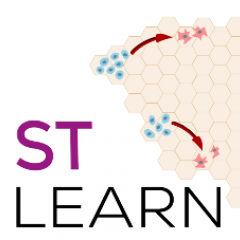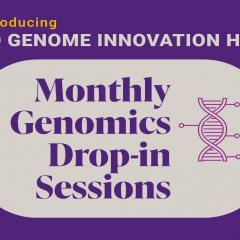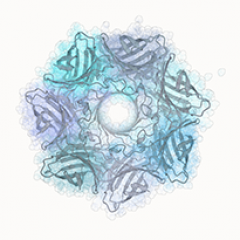Full Title
Arti M Raghubar, Duy T Pham, Xiao Tan, Laura F Grice, Joanna Crawford, Pui Yeng Lam, Stacey B Andersen, Sohye Yoon, Siok Min Teoh, Nicholas A Matigian, Anne Stewart, Leo Francis, Monica S Y Ng, Helen Grania Healy, Alexander N Combes, Andrew James Kassianos, Quan Nguyen, Andrew John Mallett
Abstract
Available transcriptomes of the mammalian kidney provide limited information on the spatial interplay between different functional nephron structures due to the required dissociation of tissue with traditional transcriptome-based methodologies. A deeper understanding of the complexity of functional nephron structures requires a non-dissociative transcriptomics approach, such as spatial transcriptomics sequencing (ST-seq). We hypothesize that the application of ST-seq in normal mammalian kidneys will give transcriptomic insights within and across species of physiology at the functional structure level and cellular communication at the cell level. Here, we applied ST-seq in six mice and four human kidneys that were histologically absent of any overt pathology. We defined the location of specific nephron structures in the captured ST-seq datasets using three lines of evidence: pathologist's annotation, marker gene expression, and integration with public single-cell and/or single-nucleus RNA-sequencing datasets. We compared the mouse and human cortical kidney regions. In the human ST-seq datasets, we further investigated the cellular communication within glomeruli and regions of proximal tubules–peritubular capillaries by screening for co-expression of ligand–receptor gene pairs. Gene expression signatures of distinct nephron structures and microvascular regions were spatially resolved within the mouse and human ST-seq datasets. We identified 7,370 differentially expressed genes (padj < 0.05) distinguishing species, suggesting changes in energy production and metabolism in mouse cortical regions relative to human kidneys. Hundreds of potential ligand–receptor interactions were identified within glomeruli and regions of proximal tubules–peritubular capillaries, including known and novel interactions relevant to kidney physiology. Our application of ST-seq to normal human and murine kidneys confirms current knowledge and localization of transcripts within the kidney. Furthermore, the generated ST-seq datasets provide a valuable resource for the kidney community that can be used to inform future research into this complex organ.
GIH contribution
As a successful follow-on from the GIH funded project "Spatial genomics technologies to study cancer and genetic diseases in tissue contexts", contributing author and team member of both GIH and the IMB Sequencing Facilty, Stacey Andersen, assisted with library preparation and sequencing on the NextSeq500 (Illumina) instrument for data utilised in this publication.
Dr Sohye Yoon supported the experimental set up including sample preparation of histology sections and imaging.



